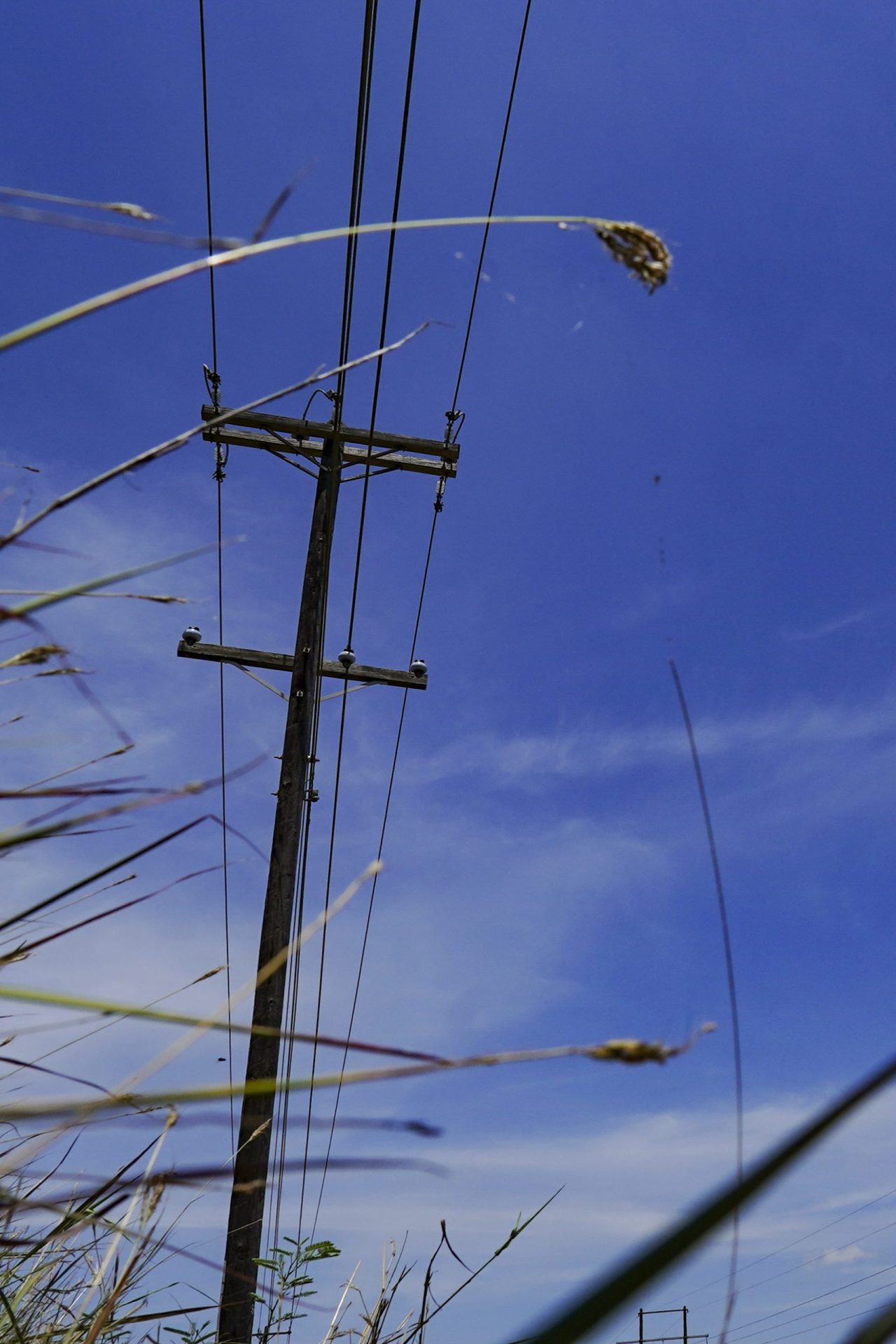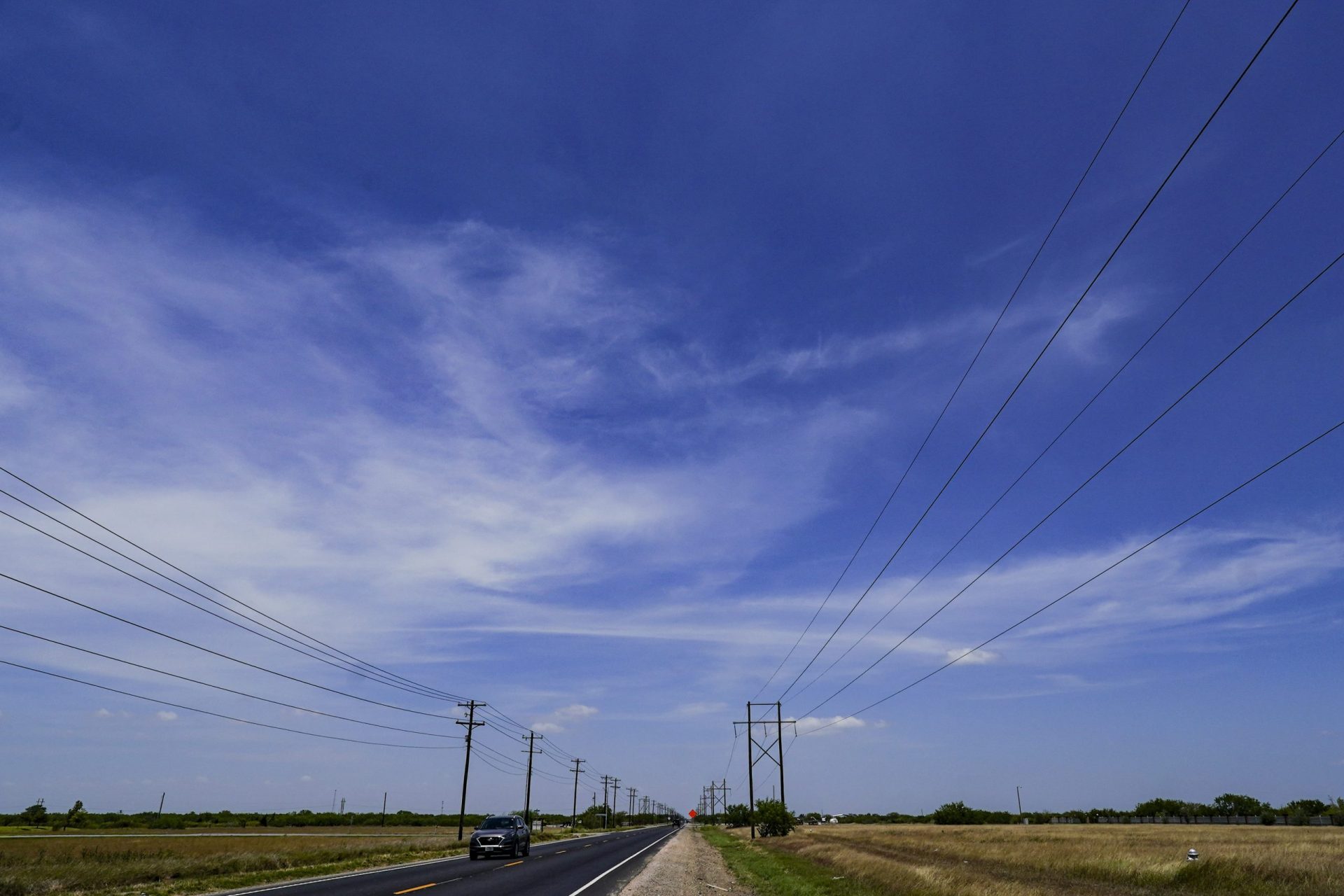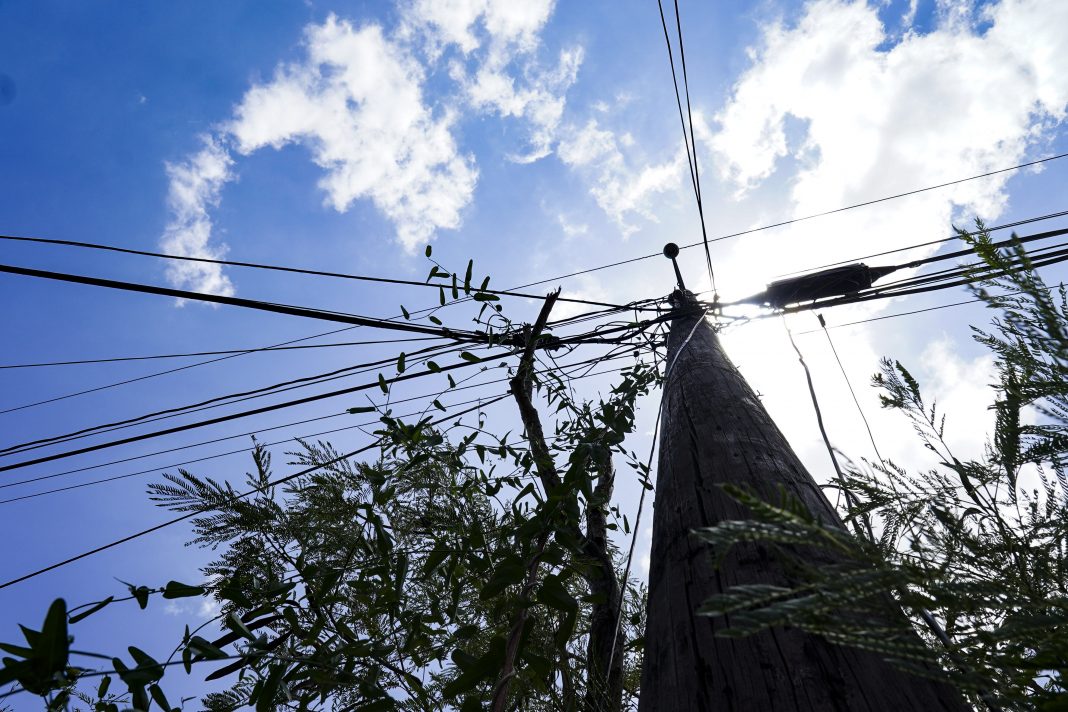These days, with Texas suffering through prolonged, record-breaking heat and dry weather, being able to keep the lights and air conditioning on depends largely on whether the wind is blowing or not.
On June 10 the Electric Reliability Council of Texas issued an electricity conservation appeal to state residents and businesses for 2 p.m. to 8 p.m., when demand typically peaks, the “tightest hour” being 2 p.m. to 3 p.m. ERCOT also issued a watch for a “projected reserve capacity shortage” for the same hours. The purpose was to reduce the possibility of having to implement rolling blackouts.
According to a chart accompanying the appeal, 85 percent of the grid’s dispatchable (from natural gas- or coal-fired power plants) generating capacity and 81 percent of solar capacity was projected to be available on June 11, though only 8 percent of the grid’s wind-generated capacity was project available due to lack of wind.
It points to a continuing vulnerability in the grid, which nearly collapsed during the catastrophic February 2021 winter storm that brought Texas to a standstill. In this case, it’s the fact that windless and/or cloudy days leaves a big chunk of ERCOT capacity out of reach — a big problem during peak load, such as when temperatures across the state are in the triple digits.

Of the grid’s total “installed capacity,” 80,083 MW (megawatts) comes from dispatchable facilities, 35,162 MW from wind farms and 11,787 MW from solar farms. John Bruciak, CEO and general manager of Brownsville Public Utilities Board, said renewable energy sources are desirable because they’re clean, and that BPUB has a stake in wind-generation — the most efficient aspect of its portfolio lately thanks to the high cost of natural gas.
What there is not enough of anymore is dispatchable generating capacity, as coal-fired power plants are retired and nobody’s building new gas-fired plants, he said. It’s not a problem as long as the wind is blowing and the turbine blades are turning, but it becomes one as soon as they stop, especially during peak load, Bruciak said.
He noted that last weekend “it was pretty darn calm during the afternoons,” and that a BPUB employee making the drive to Corpus Christi reported seeing no turbine blades moving along the coast the entire trip. Bruciak characterized it as “not a good situation,” though rolling blackouts were avoided.
“The only thing that probably saved us this weekend was that it wasn’t a work day,” he said. “People were at home.”
While some weatherization of power plants has been done in an attempt to avoid a repeat of February 2021, Texas does not have sufficient dispatchable backup generation to make up for the loss of wind and/or solar during peak load, he said. The state’s leadership, meanwhile, doesn’t appear to have a plan for creating needed extra capacity.
“There’s been a lot of good incentives to build wind and solar but the incentives aren’t there for natural gas unfortunately, so they just can’t compete,” Bruciak said.

The Brownsville Tenaska Generating Station, which BPUB tried unsuccessfully several years ago to get built, would have come in handy now but was among a handful of power plant projects that died on the vine due to lack of subsidy, he said. Until that backup capacity is there, Texas could face rolling blackouts on windless, extremely hot days when electricity demand is highest, Bruciak said.
With a hotter and drier than normal summer predicted and extreme weather events becoming more common in general due to climate change, it’s possible that such conditions could become more common, if the high-pressure systems that cause them become more frequent and long-lasting. Bruciak noted that June and July have been very hot and said it’s likely August has more of the same in store. At this juncture there’s no sign of relief in the form of tropical weather from the Gulf.
Battery storage farms near wind and solar facilities could provide an answer, though the technology hasn’t advanced quite far enough for it to be a viable solution yet, though it will be eventually, Bruciak said. Meanwhile, it’s disruptive and expensive when the lights go out because the grid can’t keep up, he said.
Bruciak speculated that in the nearly year and a half since February 2021 a lot of people have simply stopped worrying about the grid, though rolling blackouts of sufficient frequency and length during a brutally hot summer “would get everybody’s attention again.”
“We have a lot of our customers concerned about the lights going out,” he said. “We don’t want to do that but we’re kind of at the mercy of watching the load … to see if demand exceeds the capacity, and then we go from there.”





